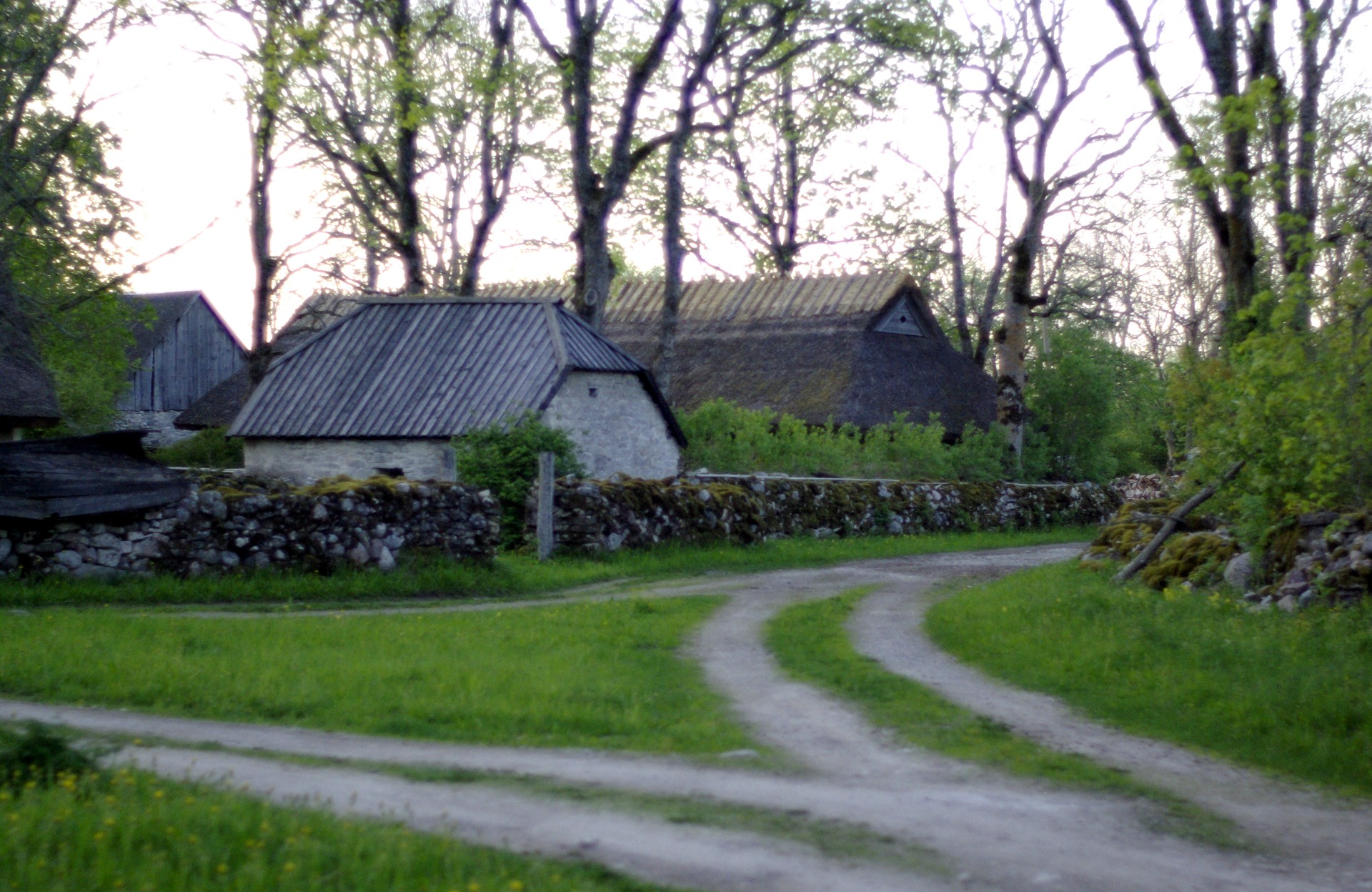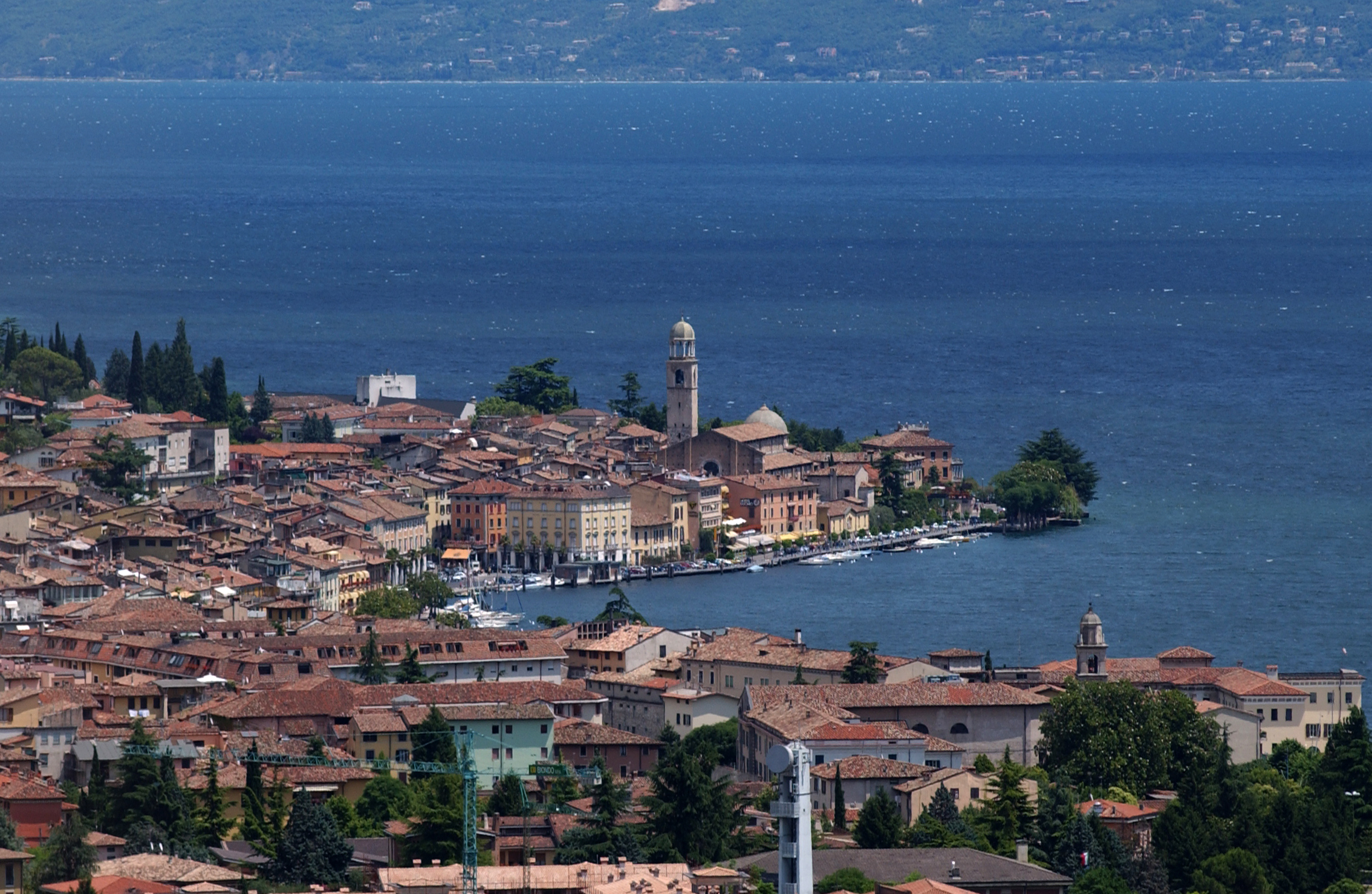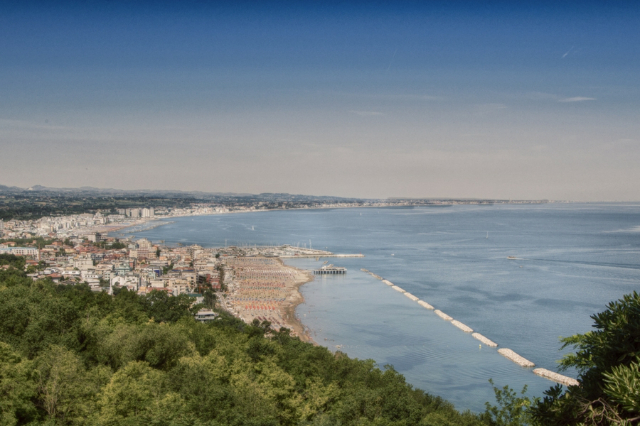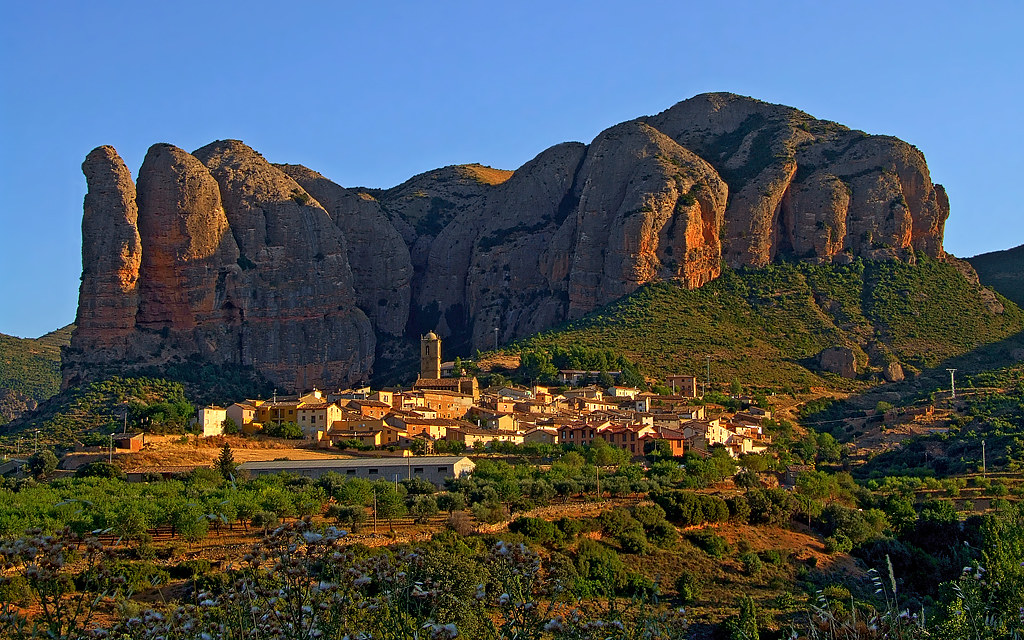If China has been recognized as the home of the ancestor of the accordion, the ancient "tcheng" dating back 4,500 years, Italy is the home of the instrument as we know it today. Although the accordion’s patent was filed in 1829 by Cyrill Demian in Vienna, it was in our country that the instrument, also known as the accordion, experienced its greatest period of evolution when, in Castelfidardo, in the province of Ancona, Paolo Soprani realized its potential by adapting it to the tastes and musical styles of the area and the period. The Italian history of the accordion began in 1863 in Castelfidardo, in the province of Ancona, thanks to the extraordinary ingenuity of Paolo Soprani, considered the father of this instrument in Italy. Mr. Soprani was 18 years old when he built the first accordion with four makeshift tools. In the stable and barn of the farmhouse where the Soprani family lived, he opened a workshop. The first harmonicas were sold at fairs and markets in the nearby towns, especially in Loreto, a meeting place for pilgrims, gypsies, peddlers and traders, directly by the enterprising Paolo. The instrument is received with great interest and spreads to other regions and requests multiply. Due to the need for space, Paolo breaks away from the family group, goes up to the town of Castelfidardo and opens a factory, while his brother Pasquale moves to Recanati. Paolo Soprani, with his work, contributed to the cultural transformation of this area of the Marche region, creating an unthinkable wealth for an economy that had remained tied to agriculture for centuries. Today, accordions are still made as they were 150 years ago, a little by machine and a lot by hand. The important department is the carpentry. This is where the sound box is created, in practice the final dimensions of the instrument are defined. Three or four main woods are used in accordions: mahogany, beech and fir. Each raw case is verified by hand. The soundboxes are two: in one is inserted the keyboard and in the other the bass buttons (the so-called mechanics). The preparation of the fingerboard is a complex and meticulous operation. But the heart of the accordion is the bellows, which is operated by the player to introduce the air needed to make the reeds vibrate and produce sound. In essence, everything is a painstaking job: four to five hours of continuous assembly and disassembly, dealing with small and highly precise mechanisms. Each instrument is a unique piece, an authentic masterpiece, unmistakable, unalterable, that conquers the most prestigious musicians.Located in the basement of the town hall, in evocative seventeenth-century rooms, is the International Museum of the Accordion, the musical instrument that has had in the city of Castelfidardo, for over a century, the major center of production. The collection is made up of about 350 specimens, all different from each other.













